
A specifier’s guide to fasteners and fixings with SFS
Fasteners and fixings are very often forgotten about in the build chain, and are either a last-minute consideration or left to the contractor’s discretion. However, when fasteners are correctly specified from the outset, there are huge benefits down the line. Here, Neil Kirwan, Specification Manager at SFS, explains how to treat specification with these products.
“Specifying fasteners and fixings correctly the first-time round is critical to ensuring the fastening system remains robust throughout the lifetime of the roofing system or building envelope.
However, fasteners are often not specified until Stage 4 in the RIBA plan of work, when the fastening system has already been determined. It’s often up to contractors to price the work, and they can end up cutting corners with the fasteners and fixings.
By engaging higher up in the build process chain, the correct fasteners are matched to perform with the fastening system and the material it is securing as well as the substrate that the fastener is securing down to, improving total cost of ownership and efficiency of the system.
How to specify a fastener or fixing
The specification of the fastener, despite being such a small component, is critical if the roofing and cladding system is to perform its required function throughout the full term of the system’s service and design life.
There are five principles of fasteners: durability, weathertightness, airtightness, aesthetics and structural performance. Each particular application will need the fastener to comply with at least two or three of these functions and often will need all five.
Failure of the fastener to satisfy these functions may lead to the inevitable, and sometimes catastrophic, failure of the system or very costly remedial works. The key is to specify on an individual basis, selecting the appropriate fastener for the specific use.
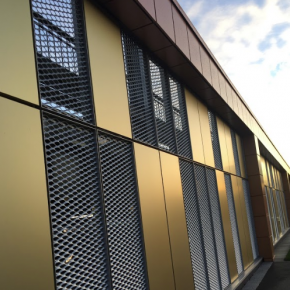
The different types and classes of fasteners
There are a multitude of fasteners available on the market, each one designed for a particular use. These include self-drilling fasteners, self-coring fasteners, self-threading fasteners and clamping fasteners.
To avoid failure of the roof system, both the type of fastener and its material must be considered early on in the design phase. Coated carbon or austenitic stainless-steel are the two main materials used in manufacturing fasteners and fixings.
Coated carbon steel rapidly corrodes upon exposure to humidity and polluted environments and whilst surface coatings with excellent corrosion resistance can be applied to prolong a fastener’s life, this will only slow down the corrosion process.
Good industry practice is to use austenitic stainless-steel fasteners in combination with galvanised steel purlins to avoid bi-metallic reactions.
What should be considered during the specification stage?
In order to ensure the fastener and fastening system specified meet the durability, weathertightness, airtightness, aesthetic and structural performance requirements of the final product, specifiers need to consider five key areas: whole lifecycle costs, external and internal environment, colour-matching needs, legislation and regulation, and warranties.
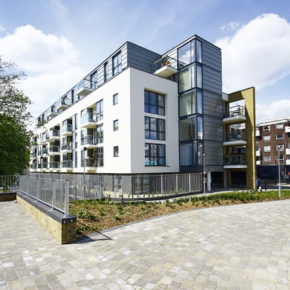
The importance of whole lifecycle costs
Specifiers should look at the whole lifecycle costs of the fastener, not just the initial costs. Choose an A4 316 stainless-steel fastener and you are guaranteed to meet the minimum requirements, but if you buy cheap, they won’t last as long and will need to be replaced earlier than expected.
This brings about servicing, maintenance and additional capital costs that can be avoided by specifying the appropriate fasteners first time around.
One size does not always fit all
Buildings are naturally exposed to the elements, which differ dependent on where the building is located. The external environment of a building can impact the effectiveness of fasteners used, for example when specifying fastening systems for use on buildings within 10km of the coast or an estuary, there is a high salt content in the air that can corrode fasteners. Fasteners in these cases should be made from A4 316 grade stainless-steel.
However, it isn’t just the external environment of a building that impacts on what fasteners should be specified – the building’s use can have implications.
Swimming pools, for example, cause a high level of chlorine in the air, leading to stress cracking within the fastening material due to the corrosion process as humidity and chlorine react with the metal.
These buildings would be better suited using R5 or 1.4547 stainless-steel fasteners which are less likely to be affected by chlorine in the air.
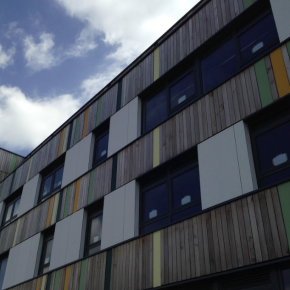
Colour matching
During the 1970s, the market share for colour-coated cladding materials dramatically increased, principally within the industrial and retail building sectors.
Today colour-coated cladding represents over 90% of their total market, now widely used as part of the cladding envelope on many other building types such as educational, healthcare, residential, leisure and transport-related buildings.
One key consideration for specification is using powder coating instead of the traditionally used moulded headed fasteners for colour matching.
Moulded headed fasteners are prone to UV degradation, whereas powder coating offers toughness and durability, as well as providing an accurate match to the colour of the surrounding weather sheet.
Powder coating is only very slightly affected by UV light, and so fading or weathering is uncommon. The fastener head remains small and compact and there is no bulky plastic to cause visual intrusion.
Legislation and regulation
Specifiers also need to consider changing legislations and their impact on fastening systems. For example, Part L2 of the Building Regulations for England and Wales, introduced in 2002 to help address energy efficiency requirements in non-domestic buildings, cast a light on the importance of airtightness.
A prime focus for the new regulations is providing building managers, landlords and tenants with detailed and accurate information about energy usage in their buildings to enable them to identify areas where energy is being wasted and where there are opportunities for reducing energy consumption.
Effective seals are critical in ensuring the airtightness of a building. High grade butyl strip weather and air sealants, such as the pink strip butyl sealant developed by a leading sealant manufacturer and sold by SFS, perform 20% better than standard butyl sealant.
This type of sealant is manufactured from cross linked butyl and is therefore suitable for all corrosivity categories C1-C5.
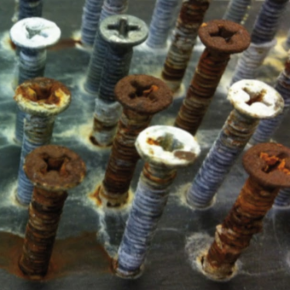
Warranties and certification
Finally, it is critical specifiers consider the implication of the fasteners used on the warranty of the fastening system. Architects and specifiers expect the fasteners to be warranted with the fastening system that is being used, but often, the fastener is warranted separate to the system. This can mean that the whole system is not warranted, causing complications down the line of the project.
Whilst fasteners are used in abundance, these everyday heroes are critical to the overall quality of the roofing system or building envelope.
Specifiers should consider fastening solutions once they have an aesthetic vision in mind to ensure the correct fixing solution is used to achieve that vision, as well as deliver whole life costs and value.”
Contact
SFS Group Fastening Technology Ltd
153 Kirkstall Road
Leeds
LS4 2AT
Phone number : +44 (0)330 0555 888
Email : ukenquiries@sfs.com
Visit Supplier's page
Latest news
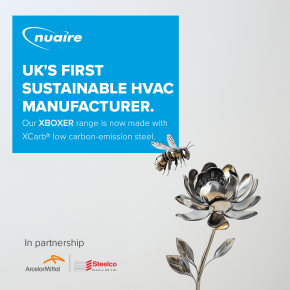
28th April 2025
Nuaire first UK ventilation manufacturer to use low carbon-emissions recycled & renewably produced steel
Nuaire has announced that its Magnelis® steel based ventilations systems are now being made from XCarb® recycled and renewably produced steel.
Posted in Air Conditioning, Articles, Building Industry News, Building Products & Structures, Building Services, Building Systems, Heating, Ventilation and Air Conditioning - HVAC, Restoration & Refurbishment, Retrofit & Renovation, Steel and Structural Frames, Sustainability & Energy Efficiency, Waste Management & Recycling
28th April 2025
Renderplas: Builders avoid costly remedial work with PVCu render beads
A pioneer of PVCu render beads, Renderplas is helping the construction industry avoid the costly remedial work associated with rusting steel designs…
Posted in Articles, Building Industry News, Building Products & Structures, Building Services, Building Systems, Facades, Posts, Render, Restoration & Refurbishment, Retrofit & Renovation, Sustainability & Energy Efficiency, Walls
28th April 2025
How Celotex’s Technical Team adds value through expert insulation support
From U-value calculations to real-world installation support, Celotex’s technical team helps construction professionals specify and install insulation with confidence…
Posted in Articles, Building Industry News, Building Products & Structures, Building Services, Insulation, Research & Materials Testing, Restoration & Refurbishment, Retrofit & Renovation, Sustainability & Energy Efficiency, Walls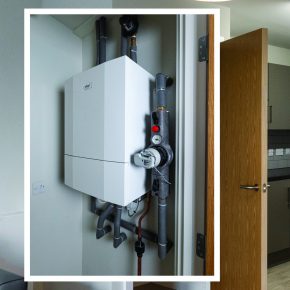
28th April 2025
Ideal Heating Commercial takes extra care with the heat network at Huddersfield specialist housing development
Ideal Heating Commercial POD Heat Interface Units (HIUs) and Evomax 2 condensing boilers have been installed into Ash View Extra Care in Huddersfield.
Posted in Articles, Building Industry News, Building Products & Structures, Building Services, Case Studies, Facility Management & Building Services, Heating Systems, Controls and Management, Heating, Ventilation and Air Conditioning - HVAC, Pipes & Fittings, Plumbing, Restoration & Refurbishment, Retrofit & Renovation
 Sign up:
Sign up: